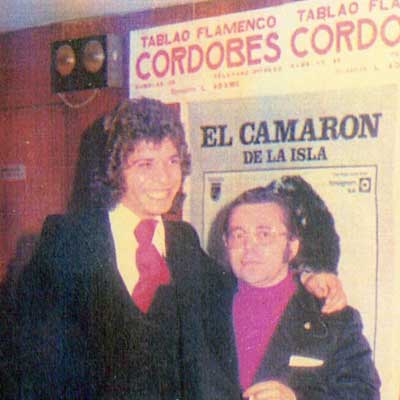flamenco
Camaron, singer who performed at Tablao Flamenco Cordobes Barcelona
José Monge Cruz was born on the 14th of December of 1950 in San Fernando, Cádiz (Spain). Better known by his stage name, Camarón or Camarón de la Isla...

Camaron, singer who performed at Tablao Flamenco Cordobes Barcelona
José Monge Cruz was born on the 14th of December of 1950 in San Fernando, Cádiz (Spain). Better known by his stage name, Camarón or Camarón de la Isla, he is considered a legend and one of the most important flamenco Barcelona artists of the history of this art, even the most important by some.
Born in a gipsy family, he received his nickname because of his physical appearance: Thin, blond and fair-skinned, he was similar to a shrimp(camarón in Spanish).
He was raised while listening at home to the best flamenco Barcelona artists of his time like Antonio Mairena o Manolo Caracol. Unfortunately, his father died when Camarón was still 7 and he had to start singing at different bars in order to help his family.
Accompanied by his friend Rancapino, he started to sing in the most important festivals of Andalusia and they both started to work for flamenco Barcelona companies. They also began to tour Europe and America.
After a few years he finally moved to Madrid and started to work at the historical tablao Torres Bermejas, where he stayed during twelve years performing alongside the guitarist Paco Cepero. Sometimes he also performed in other stages, such as Tablao Cordobes Flamenco Barcelona, where he performed twice in the early seventies.
In Madrid, Camarón met the legendary guitarist Paco de Lucía, one of his most important artistic partners. They recorded together nine albums with collaborations of Paco’s brother, Ramon de Algeciras.
As a result of that meeting Camaron’s singing started to evolve from the orthodoxy towards a more personal style. His first album in collaboration “El Camarón de la Isla con la colaboración especial de Paco de Lucía”, hinted of a flamenco Barcelona revolution that went off in 1979 when they both published their album “La leyenda del tiempo” (the legend of time), which added elements of jazz and rock to flamenco Barcelona.
From that year onwards, Camarón started to collaborate with Tomatito and put some distance with Paco for a few years. Later on, he recorded the best-selling album of flamenco Barcelona history “Soy Gitano”, with the collaboration of the guitarist Vicente Amigo. For his last album “Potro de rabia y miel”, he had the collaboration of both Paco de Lucía and Tomatito. The recording process had to be interrupted because of a lung cancer that affected Camarón. Finally, the album was published in 1992. Camaron died shortly later, after travelling to United States looking for a possible cure.
Born in a gipsy family, he received his nickname because of his physical appearance: Thin, blond and fair-skinned, he was similar to a shrimp(camarón in Spanish).
He was raised while listening at home to the best flamenco Barcelona artists of his time like Antonio Mairena o Manolo Caracol. Unfortunately, his father died when Camarón was still 7 and he had to start singing at different bars in order to help his family.
Accompanied by his friend Rancapino, he started to sing in the most important festivals of Andalusia and they both started to work for flamenco Barcelona companies. They also began to tour Europe and America.
After a few years he finally moved to Madrid and started to work at the historical tablao Torres Bermejas, where he stayed during twelve years performing alongside the guitarist Paco Cepero. Sometimes he also performed in other stages, such as Tablao Cordobes Flamenco Barcelona, where he performed twice in the early seventies.
In Madrid, Camarón met the legendary guitarist Paco de Lucía, one of his most important artistic partners. They recorded together nine albums with collaborations of Paco’s brother, Ramon de Algeciras.
As a result of that meeting Camaron’s singing started to evolve from the orthodoxy towards a more personal style. His first album in collaboration “El Camarón de la Isla con la colaboración especial de Paco de Lucía”, hinted of a flamenco Barcelona revolution that went off in 1979 when they both published their album “La leyenda del tiempo” (the legend of time), which added elements of jazz and rock to flamenco Barcelona.
From that year onwards, Camarón started to collaborate with Tomatito and put some distance with Paco for a few years. Later on, he recorded the best-selling album of flamenco Barcelona history “Soy Gitano”, with the collaboration of the guitarist Vicente Amigo. For his last album “Potro de rabia y miel”, he had the collaboration of both Paco de Lucía and Tomatito. The recording process had to be interrupted because of a lung cancer that affected Camarón. Finally, the album was published in 1992. Camaron died shortly later, after travelling to United States looking for a possible cure.
